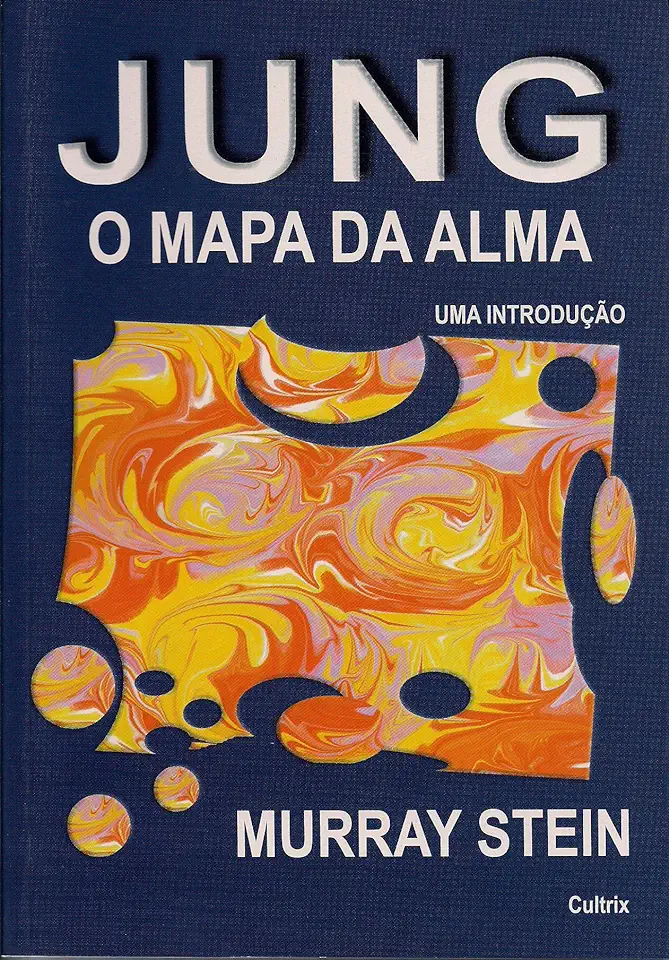
Jung's Map of the Soul: An Introduction
Jung's Map of the Soul: An Introduction
In Jung's Map of the Soul, renowned psychoanalyst Murray Stein provides a comprehensive and accessible introduction to the work of Carl Jung, one of the most influential thinkers of the 20th century. Stein draws on Jung's vast body of work to present a clear and concise overview of his major concepts, including the collective unconscious, the archetypes, and the process of individuation.
A Revolutionary Approach to Psychology
Jung's revolutionary approach to psychology emphasized the importance of the unconscious mind and the role of symbols and dreams in understanding human behavior. He believed that the unconscious is not simply a repository of repressed thoughts and feelings, but also a source of creativity and wisdom. Jung's work has had a profound impact on the fields of psychology, psychiatry, and religion, and his ideas continue to be studied and applied by people all over the world.
The Collective Unconscious
One of Jung's most important concepts is the collective unconscious. The collective unconscious is a reservoir of images, symbols, and patterns that are shared by all humans. These images and symbols are not learned or acquired through experience, but are rather inherited from our ancestors. The collective unconscious is a source of creativity and inspiration, and it can also be a source of anxiety and fear.
The Archetypes
The archetypes are the basic building blocks of the collective unconscious. They are universal symbols that represent the essential experiences of human life. Some of the most common archetypes include the hero, the mother, the wise old man, and the trickster. The archetypes can be found in myths, fairy tales, dreams, and works of art. They can also be found in our own personal lives.
The Process of Individuation
The process of individuation is the journey of self-discovery and self-realization. It is a lifelong process that involves coming to terms with our shadow side, integrating our opposite qualities, and finding our true selves. The process of individuation is not easy, but it is essential for psychological health and well-being.
Jung's Map of the Soul
Jung's Map of the Soul is an essential guide to the work of Carl Jung. Stein provides a clear and concise overview of Jung's major concepts, and he also offers practical advice on how to apply Jung's ideas to our own lives. This book is a valuable resource for anyone interested in psychology, psychiatry, or religion. It is also a great introduction to the work of one of the most influential thinkers of the 20th century.
Why You Should Read This Book
If you are interested in psychology, psychiatry, or religion, then you should read Jung's Map of the Soul. This book will provide you with a comprehensive and accessible introduction to the work of Carl Jung, one of the most influential thinkers of the 20th century. Stein's clear and concise writing style makes this book easy to understand, even for those who are new to Jung's work. This book is a valuable resource for anyone who is interested in learning more about the human mind and the journey of self-discovery.
Order Your Copy Today!
Jung's Map of the Soul is available now at your local bookstore or online. Order your copy today and start your journey of self-discovery!
Enjoyed the summary? Discover all the details and take your reading to the next level — [click here to view the book on Amazon!]